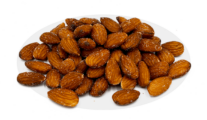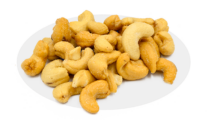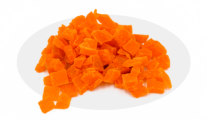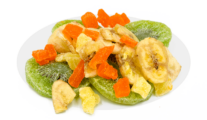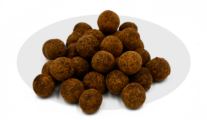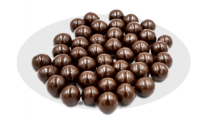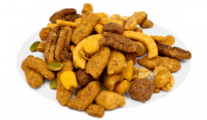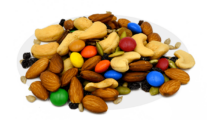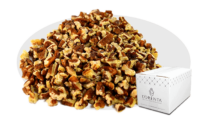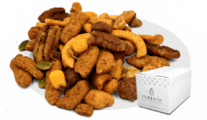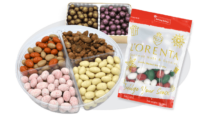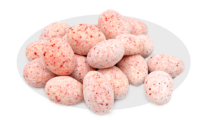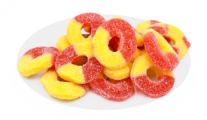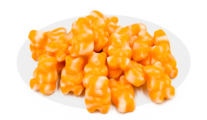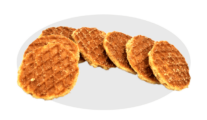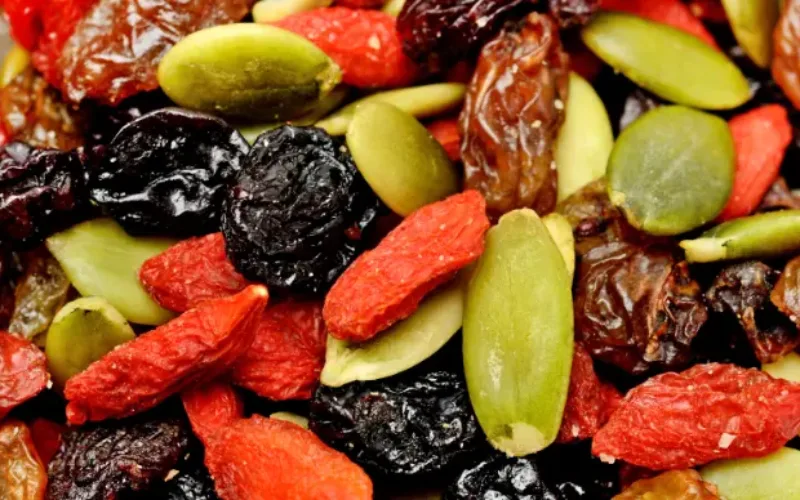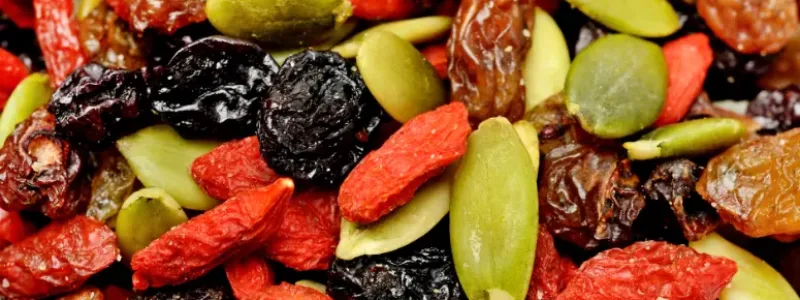Written By Sam Henselijn
Dairy-Free Candies. Don’t you think candy and childhood go hand in hand? When you’re a kid, there’s something wonderful about going out for trick-or-treating or selecting a treat from a candy bowl. However, if your child has a dairy sensitivity or allergy, you must be extra cautious when looking for dairy-free candy that is safe for them to eat. In this article, we discuss 10 dairy-free candies that are safe for your dairy-sensitive child.
What Is Dairy-Free Candy?
A dairy-free candy eliminates all dairy products from the diet. Milk from any animal is included in this category, as well as any products manufactured from it, such as cheese, yogurt, butter, and cream. However, people who follow this eating pattern are allowed to eat meat, fish, shellfish, and eggs.
You can select dairy-free candies widely for health reasons, such as a cow’s milk allergy or lactose intolerance. It is a disease in which your body is unable to digest the milk sugar lactose, resulting in diarrhea and flatulence after consuming dairy. There is no dairy in dairy-free candies; the snack is composed entirely of vegetables or nuts.
Dairy allergy recommendations in general
Your child must eat an allergen-free diet if they have food
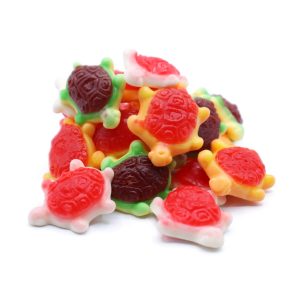
allergy. Allergens are the substances to which your child is allergic. The body’s aberrant reaction to the proteins contained in cow’s milk is known as a milk allergy. Milk allergies are particularly frequent in infants and young children. As children become older, many of them outgrow their milk allergies.
Many foods contain milk or milk products. Milk is frequently associated with cream, cheese, butter, ice cream, and yogurt. Milk and milk products may also be found in regularly consumed meals as hidden sources. You must read all food labels to avoid eating foods that contain milk products.
Dairy-Free Candy Favorites
The dairy-free candy listed below is available in most retailers in trick-or-treat sized, individually wrapped, multi-serve packets. They’re perfect for Halloween, gatherings, or a surprise lunchbox.
All of these 10 Dairy-Free Candies are dairy-free, non-GMO, fat-free, and gluten-free. Among the candies are:
- Jelly filled gummy turtles:
- Mini fried eggs
- Unicorns
- Double Cherries
- Spicy mango
- Swirly fish
- Tropical frogs
- Green frogs
- Whales
- Red Lips
These candies should ideally be peanut-free, soy-free, and vegan-friendly. These candies are especially excellent for persons who have trouble digesting milk sugar, but they can be eaten by everyone.
How to obtain dairy-free candy
It’s all about reading labels when browsing the candy department
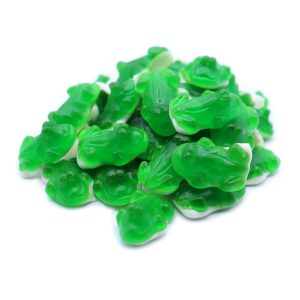
at the store. Checking ingredients with tools like SmartLabel, Allergence, and Allergen Inside is also a good idea. Here’s what you should be on the lookout for:
Keep an eye out for dairy products
If you or your family must avoid dairy, you presumably already know to check the ingredient labels for milk. To help generate the proper brittleness, hardness, flavor, and texture of sweets, milk, butter, and dairy fats are frequently added.
Comprehend Food Labeling Regulations
Food labeling rules can be perplexing, and discussions in online forums and blogs frequently make people nervous. You will find circulation of myths about “hidden” dairy products on the internet. The following are three of the most perplexing aspects of the candy labeling laws:
Flavors from Nature
True, on a food label, “natural flavors” might refer to dairy-
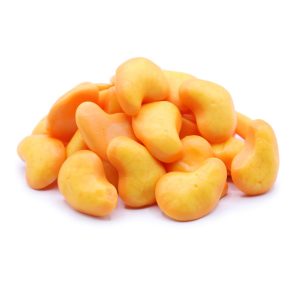
derived substances. If they are made with dairy products, however, the label must specify that the product contains dairy/milk as an allergy.
Non-Dairy Products
Another thing to remember while looking at candies is that a food product can lawfully be labeled as non-dairy even if it contains milk-derived components. Just because something isn’t dairy doesn’t mean it’s safe for people who have a dairy sensitivity or allergy. Even if the label says “non-dairy,” you must examine the ingredient list.
Products Made in the Community
Keep in mind that buying candies from a small local business – such as a neighbor who makes chocolates at home or a neighborhood bakery – can be risky. Order dairy-free candy from a commercial brand.
Pay Attention to Cross-Contamination Alerts
Depending on your level of dairy sensitivity or the presence of a milk protein allergy, you should also look for warnings concerning the facility of the candy preparation place. Cross-contact with other dairy products in a production line could still cause major discomfort or even death.
Before eating, always double-check the ingredients. Always contact the manufacturer to discuss their methods if potential cross-contamination is a problem for your needs. Never rely solely on lists or product labels when dealing with a serious food allergy. Even though none of these 10 dairy-free candies include mammal milk, you should always double-check the ingredients indicated on candy labels. Manufacturers can and do alter recipes, which can alter the ingredients in a product.
Sam Henselijn Author’s Biography – Meet L’Orenta Nuts CEO
Copyright 2024 L’Orenta Nuts
L’Orenta Nuts proudly holds the SQF food safety certification, symbolizing our unwavering dedication to upholding the highest standards of food safety and quality. This certification guarantees that our products undergo rigorous scrutiny, ensuring transparency, traceability, and adherence to global food safety regulations for the utmost consumer confidence.
L’Orenta Nuts has the HACCP (Hazard Analysis and Critical Control Points) certification is a systematic approach to identifying, evaluating, and controlling food safety hazards. It ensures that food products are produced and handled in a manner that minimizes risks and complies with safety standards.
Our GMP (Good Manufacturing Practices) certification ensures that a manufacturing facility adheres to comprehensive quality and safety standards while producing pharmaceuticals, food, and other consumer goods, promoting consistency, quality, and compliance with regulatory requirements.
L’Orenta is an FDA-approved manufacturing facility and has met the rigorous standards set by the U.S. Food and Drug Administration. It demonstrates compliance with regulations, ensuring the production of safe and high-quality food products.


